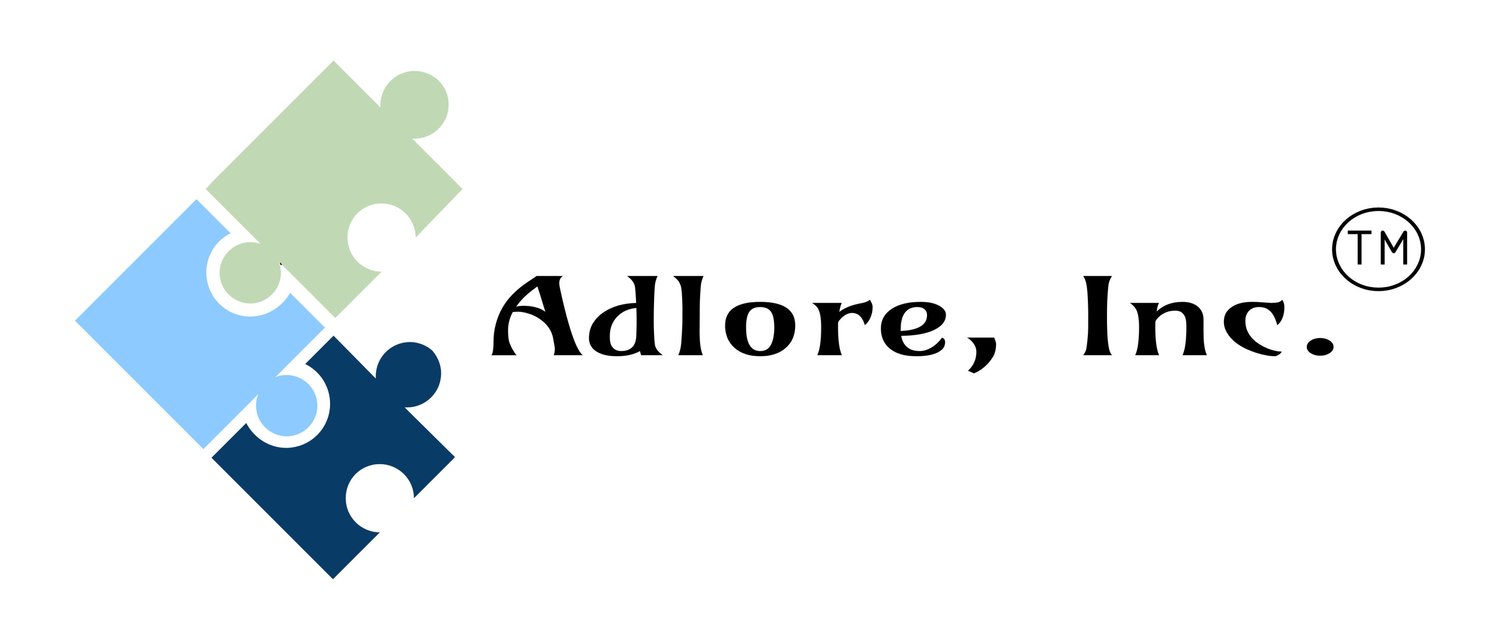Evidence Based Research
Adlore's SenLore™ project is built on solid research, showing our dedication to creating advanced wound care solutions. We've worked with top experts in diabetes management, wound care, and biomedical engineering to develop the SenLore™ Smart Boot. This innovative boot uses controlled heat and electrical pulses to improve blood flow and speed up healing.
For all available research please visit - https://daryllawson.academia.edu/research
The Combined Effect of a Three-Channel Electrode Delivery System with Local Heat on the Healing of Chronic Wounds
Background:
The researchers wanted to test a new way of treating wounds that don’t heal well with electricity and heat. They used a device that had more than two electrodes to deliver electricity evenly across the wound. They also used a heat lamp to warm up the wound and the surrounding skin to improve blood flow.
Study Design:
They recruited 18 people who had chronic ulcers and treated them with electricity and heat three times a week for four weeks. They used a special device to measure how much blood was flowing to the wound before and after each treatment. They also measured how big and deep the wound was before each treatment.
Results:
They found that the wound size and volume decreased significantly after four weeks of treatment. They also found that the blood flow to the wound increased after each treatment, but decreased as the wound healed.
Conclusion:
They concluded that using electricity and heat together was effective in healing chronic wounds. They suggested more studies with more people and different treatment settings to optimize the effect of electricity and heat on wound healing.
Enhanced Healing of Diabetic Foot Ulcers Using Local Heat and Electrical Stimulation
Background:
Electrical stimulation (ES) is a potential therapy for wound healing, but its effectiveness varies depending on the type and duration of stimulation. Previous studies have suggested that local warming of the wound can enhance the blood flow and the healing response to ES. However, most ES devices use only two electrodes, which can create uneven current distribution across the wound. In this study, we tested a novel multi-electrode ES device combined with local heat in patients with chronic ulcers that did not heal for months.
Study Design:
We enrolled 18 patients (mean age, 35.7 years) with chronic ulcers (mean duration, 26.1 months) and treated them with ES and local heat three times a week for 4 weeks. We used a heat lamp to warm the wound and the surrounding skin to 37.8°C before and during ES. We applied ES for 30 minutes using a biphasic sine wave at 30 Hz, 250 ms pulse width, and about 20 mA current. We measured the skin blood flow (BF) in and around the wound with a laser Doppler imager and the wound size before each treatment.
Results:
After 4 weeks of treatment, the mean wound area decreased by 43.4% (P < 0.05) and the wound volume decreased by 57.0% (P < 0.05). The skin BF increased significantly after each treatment (P < 0.05) and decreased as the wound healed over time.
Conclusion:
Our results suggest that our multi-electrode ES device combined with local heat is effective in healing chronic ulcers that do not respond to conventional therapies. Future studies should explore the optimal parameters and duration of ES and local heat for wound healing in a larger population.
A New Electrode Design to Improve Outcomes in the Treatment of Chronic Non-Healing Wounds in Diabetes
Background:
People with diabetes can suffer from chronic wounds that are hard to heal and can be life-threatening. Electrical stimulation (ES) is a potential treatment that applies electric currents to the wound area to promote healing. However, previous studies have used a two-electrode system that delivers uneven currents across the skin and muscle, which may limit its effectiveness. In this study, we developed a three-electrode system (three-channel ES) that distributes currents more uniformly and deeply. We compared the current dispersion of the two-electrode and three-electrode systems on the skin and muscle of healthy subjects. We also tested the three-electrode system on chronic wounds of eight subjects with diabetes and measured their healing and blood flow.
Methods:
In healthy subjects, we applied a biphasic sine wave current with a frequency of 30 Hz and pulse width of 100 milliseconds. We used two sizes of stimulation electrodes (5 cm x 5 cm and 5 cm x 10 cm) and placed them at two distances (10 cm and 15 cm) above the quadriceps muscle. We measured the currents on the skin using five pairs of surface electrodes at five different locations. We measured the currents in the muscle using three pairs of needle electrodes at three different depths. In subjects with diabetes, we applied the three-electrode system to their chronic wounds for one month and monitored their healing and blood flow.
Results:
The three-electrode system delivered more even and deeper currents than the two-electrode system (P < 0.05). The chronic wounds showed significant healing in one month, with uniform currents in the wound area.
